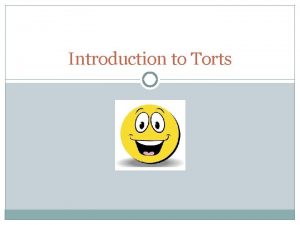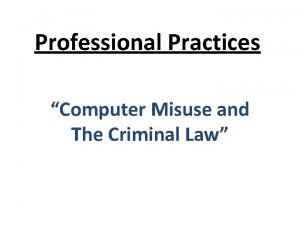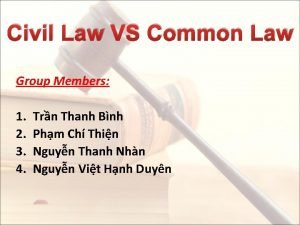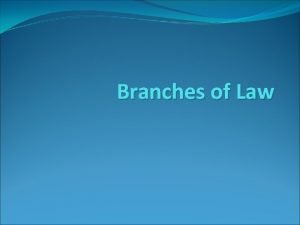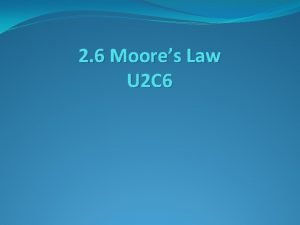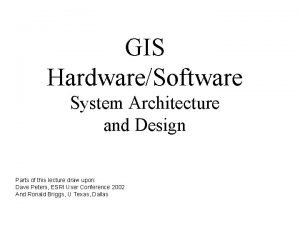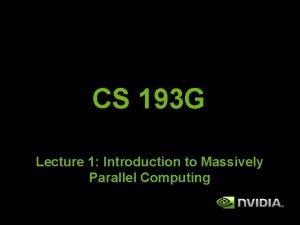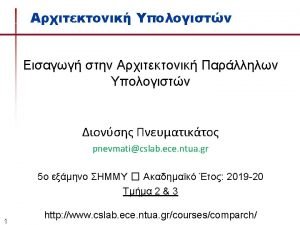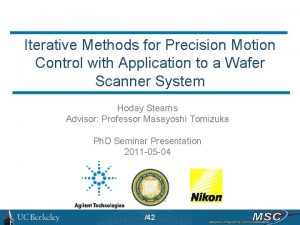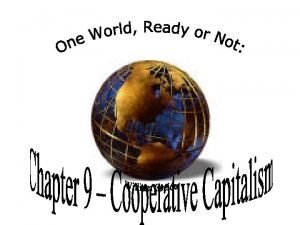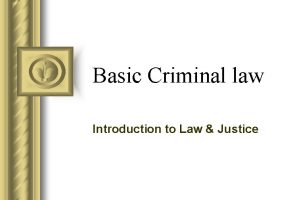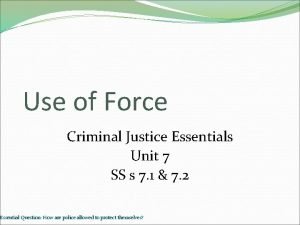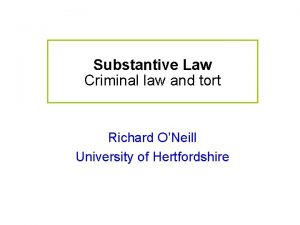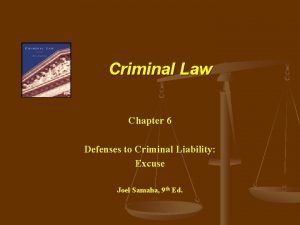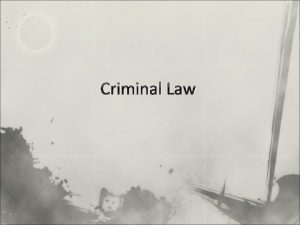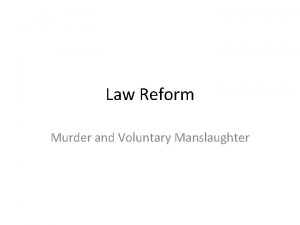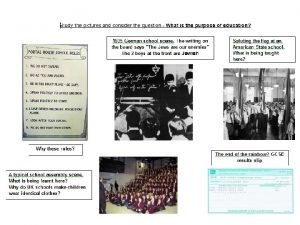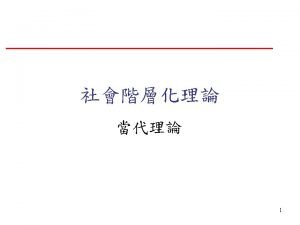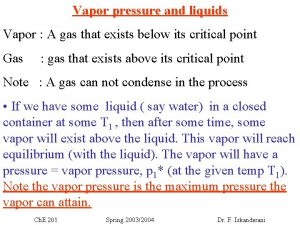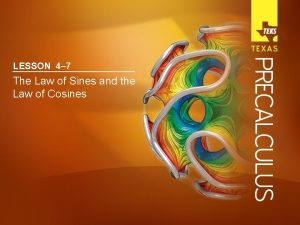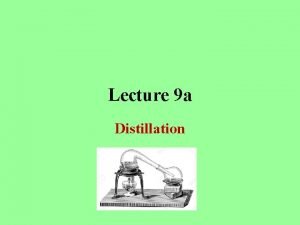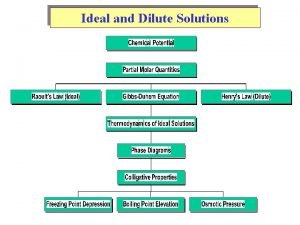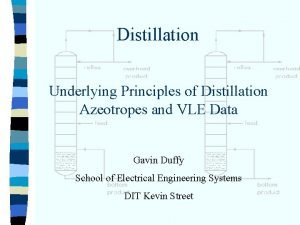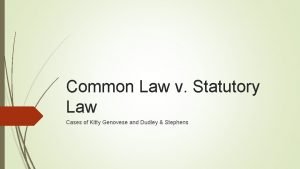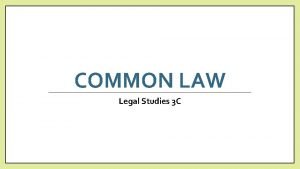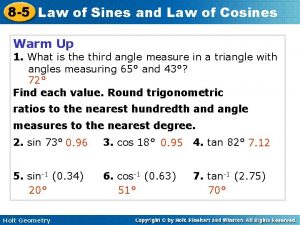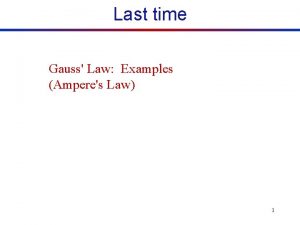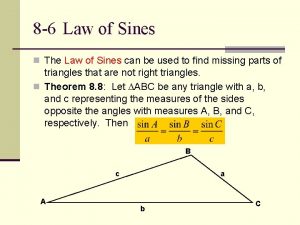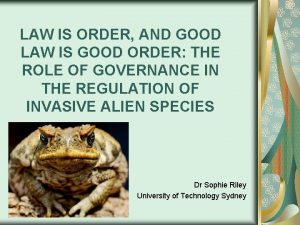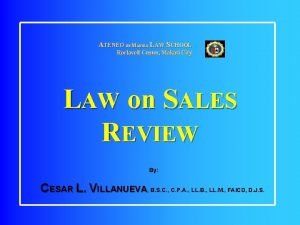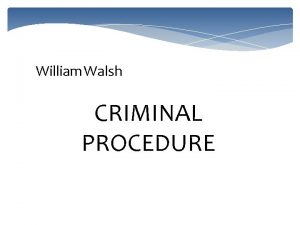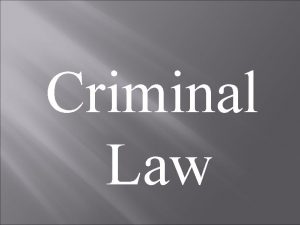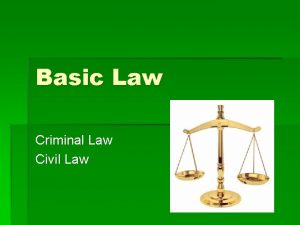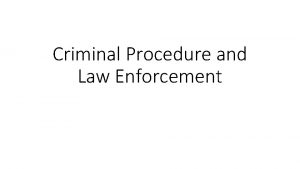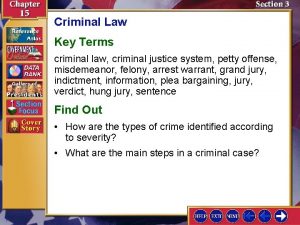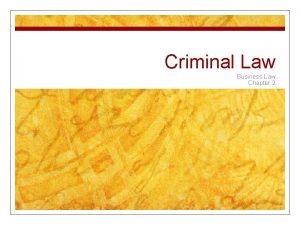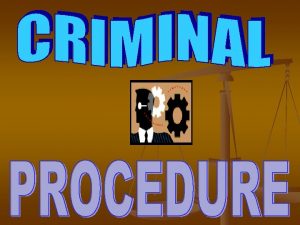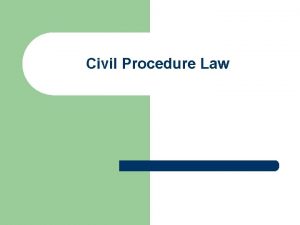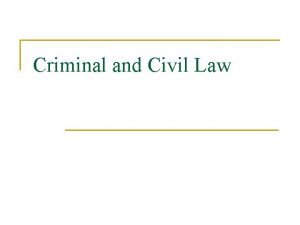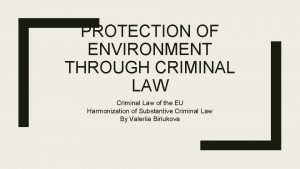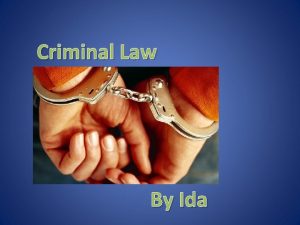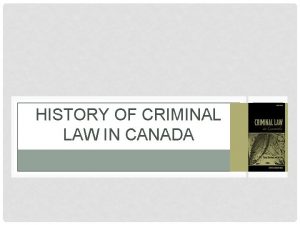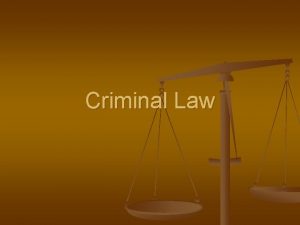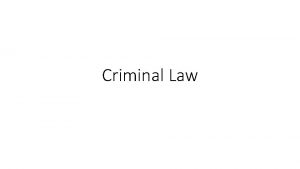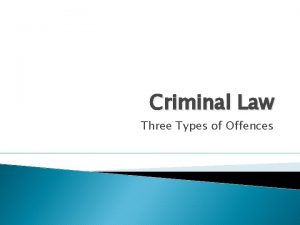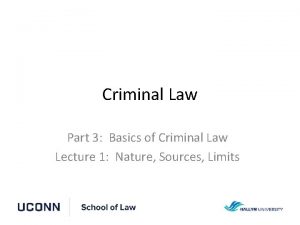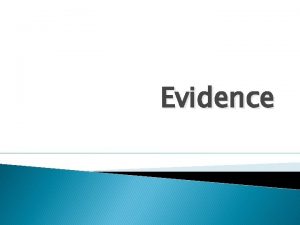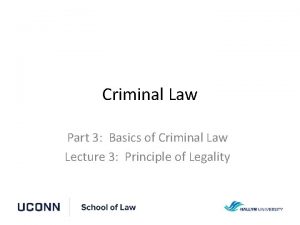Worrall Moore Criminal Law and Criminal Procedure 1














































- Slides: 46

Worrall & Moore, Criminal Law and Criminal Procedure, 1 e Chapter 14 Charging and Pleading © 2014 by Pearson Higher Education, Inc Upper Saddle River, New Jersey 07458 • All Rights Reserved

CHAPTER OBJECTIVES 14. 1 Understand the considerations going into the prosecutor’s charging decision. 14. 1 Summarize restrictions that apply to the prosecutor’s charging decision. 14. 1 Explain the concept of joinder and the reasons for it. 14. 2 Summarize the rules surrounding grand jury composition. 14. 2 Explain why secrecy in grand jury proceedings is important. © 2014 by Pearson Higher Education, Inc Upper Saddle River, New Jersey 07458 • All Rights Reserved

CHAPTER OBJECTIVES 14. 2 Summarize the rights of the grand jury witnesses and the targets of grand jury investigations. 14. 2 Describe the investigative powers of the grand jury. 14. 2 Explain the rules for challenging a grand jury indictment. 14. 3 Define plea bargaining. 14. 3 Outline the history of plea bargaining. © 2014 by Pearson Higher Education, Inc Upper Saddle River, New Jersey 07458 • All Rights Reserved

CHAPTER OBJECTIVES 14. 3 Summarize the arguments for and against plea bargaining. 14. 3 Explain the plea bargaining process. 14. 3 Summarize the effects of plea bargaining on the court, the prosecutor, the defendant, and the victim. 14. 4 Outline the elements of a valid guilty plea. 14. 4 Explain the process of contesting a guilty plea. © 2014 by Pearson Higher Education, Inc Upper Saddle River, New Jersey 07458 • All Rights Reserved

Learning Objectives After this lecture, you should be able to complete the following Learning Outcomes 14. 1 Understand the Considerations Going Into the Prosecutor’s Charging Decision

14. 1 The Charging Decision Prosecution Disregarding Legislation Restrictions on Bringing Charges Overzealous Prosecutors Unfair and Selective Prosecution Vindictive Prosecution Joinder Charges Against Multiple Defendants

14. 1 The Prosecutor’s Charging Decision Prosecutorial Discretion: A prosecutor’s authority to decide whether to proceed with criminal charges against a suspect May choose not to prosecute for lack of evidence or because the defendant’s case is stronger Disagreement with the harshness of a particular sentence can influence a prosecutor’s decision Economic concerns about available resources can impact a prosecutor’s decision to proceed with criminal charges 7

Learning Objectives After this lecture, you should be able to complete the following Learning Outcomes 14. 1 Summarize Restrictions that Apply to the Prosecutor’s Charging Decision

14. 1 Constitutional Restrictions on the Prosecutor’s Charging Decision Selective Prosecution Vindictive Prosecution Individual prosecuted based on a characteristic (i. e. race) Prosecution based on revenge Violates Equal Protection Example: charging a person for exercising his or her rights State v. Mc. Collum Violates Due Process

Learning Objectives After this lecture, you should be able to complete the following Learning Outcomes 14. 1 Explain the Concept of Joinder and the Reasons for It

14. 1 Charging Methods for Serious Crimes by State Multiple charges against the same individual in the same trial 11 Joinder Charges against multiple defendants in the same trial

14. 1 Same Criminal Event Same Modus Operandi Separate Acts Are Tied Together © 2014 by Pearson Higher Education, Inc Upper Saddle River, New Jersey 07458 • All Rights Reserved

14. 1 Joinder is generally reserved for defendants who participated in the same act, transaction or series of acts constituting a criminal offense (i. e. conspiracy). Multiple Defendants © 2014 by Pearson Higher Education, Inc Upper Saddle River, New Jersey 07458 • All Rights Reserved

Learning Objectives After this lecture, you should be able to complete the following Learning Outcomes 14. 2 Summarize the Rules Surrounding Grand Jury Composition

14. 2 © 2014 by Pearson Higher Education, Inc Upper Saddle River, New Jersey 07458 • All Rights Reserved

14. 2 16 Charging Methods for Serious Crimes by State

14. 2 17 Grand Jury Construction Impaneled Either by the court or prosecutor Duration Members serve for a specified period of time which varies; the Federal Rules of Criminal Procedure allow for a maximum of 18 months Size Varies by state; 16 -20 people on average Voting Requirements Varies by state; most common is for 12 members to agree on an indictment (true bill) Selection of Members Subpoenaed

Learning Objectives After this lecture, you should be able to complete the following Learning Outcomes 14. 2 Explain Why Secrecy in Grand Jury Proceedings is Important

14. 2 Grand Jury Reasons for Grand Jury Secrecy • • To prevent the escape of possible indictees To ensure freedom in grand jury deliberations To prevent tampering with witnesses who may testify To encourage persons with information to come forward • To protect the innocent who may ultimately be exonerated **Noted in United States v. Rose (3 rd Cir. 1979)

Learning Objectives After this lecture, you should be able to complete the following Learning Outcomes 14. 2 Summarize the Rights of Grand Jury Witnesses and the Targets of Grand Jury Investigations

14. 2 Grand Jury Generally, a target of a grand jury investigation does NOT have the following rights: To have the To appear in assistance of front of the grand jury counsel during the grand jury investigation To be told he or she is the target of the investigation To be reminded that he or she has the right to remain silent

Learning Objectives After this lecture, you should be able to complete the following Learning Outcomes 14. 2 Describe the Investigative Powers of the Grand Jury

14. 2 23 Investigative Grants of Immunity Findings of Contempt Subpoenas

Learning Objectives After this lecture, you should be able to complete the following Learning Outcomes 14. 2 Explain the Rules of Challenging a Grand Jury Indictment

14. 2 Evidence of Serious Prosecutorial Tampering Discrimination in the Composition of the Grand Jury Pool Variance between Evidence Presented to the Grand Jury and at Trial 25

Learning Objectives After this lecture, you should be able to complete the following Learning Outcomes 14. 3 Define Plea Bargaining

14. 3

14. 3 28 Plea Bargaining NAME DEFINITION Charge Bargaining Prosecutor negotiating with the defendant regarding charges that could be filed Sentence Bargaining Defendant agrees to plead guilty in exchange for a less serious sentence Count Bargaining The defense negotiates to have the defendant charged with fewer counts of a certain offense

Learning Objectives After this lecture, you should be able to complete the following Learning Outcomes 14. 3 Outline the History of Plea Bargaining

14. 3 Plea Bargaining History of Plea Bargaining • As the U. S. legal system began to mature and lawyers became regular participants, trials slowed down and guilty plea rates increased out of necessity. • Plea bargaining was a somewhat common practice by the second half of the nineteenth century. • Despite its apparent necessity, plea bargaining was criticized extensively by early commentators. Some called it an “incompetent, inefficient, and lazy method of administering justice. ”

Learning Objectives After this lecture, you should be able to complete the following Learning Outcomes 14. 3 Summarize the Arguments For and Against Plea Bargaining

14. 3 In Favor of Plea Bargaining Widely Accepted 32 Against Plea Bargaining Prosecutor Overcharging Dispose of Cases Quicker Offender Plea to More Serious Charge Plea a Case That is Not Promising Wastes Time: Most Defendants Plead Guilty Lesser Sentence for Defendant Inadequate Punishment Victim Closure Decides Guilt Without a Trial Saves Court Time and Resources Undermines Justice System

Learning Objectives After this lecture, you should be able to complete the following Learning Outcomes 14. 3 Summarize the Plea Bargaining Process

14. 3 Prosecutorial Inducements Judicial Approval to Reduce the Sentence, Charges or Counts 34 Plea Bargain Guilty or Nolo Contendere Plea from Defendants

14. 3 Plea Bargaining Effective Assistance of Counsel 35 Constitutiona l Rights During Plea Bargaining Informed of Exculpatory Evidence

14. 3 Plea Bargaining Acceptable Questionable Inducements Statutory Inducements Charitable Contributions Judicial Inducements Relinquished Property Surrender Professional License Voluntary Sterilization Voluntary Castration Join the Army Agreement Not to Appeal 36

Learning Objectives After this lecture, you should be able to complete the following Learning Outcomes 14. 3 Summarize the Effects of Plea Bargaining on the Court, the Prosecutor, the Defendant, and the Victim

14. 3 Effects of Plea Bargaining COURT: Has to decide whether to accept the plea 38 PROSECUTOR: DEFENDANT: VICTIM: Must fulfill Often gives up Can get closure promises after certain rights by but also feel that the agreement pleading guilty the punishment has been but can preserve was not sufficient accepted by the certain rights court pursuant to conditional plea statutes

Learning Objectives After this lecture, you should be able to complete the following Learning Outcomes 14. 4 Outline the Elements of a Valid Guilty Plea

14. 4 Intelligent Defendant understands the charges, possible sentences and waived rights Voluntary The plea is voluntary and not the result of force or threats Factual The plea results from conduct that has a basis in fact 40

Learning Objectives After this lecture, you should be able to complete the following Learning Outcomes 14. 4 Explain the Process for Contesting a Guilty Plea

14. 4 Plea Was the Product of Coercion by the Prosecution 42 Prosecution Has Failed to Fulfill Its End of the Bargain Unconstitutional Conduct by Law Enforcement

CHAPTER SUMMARY 14. 1 Reasons for nonprosecution include a lack of evidence and too much court backlog. 14. 1 Selective prosecutions violate the equal protection clause of the Fourteenth Amendment. Vindictive prosecutions violate due process. 14. 1 Joinder refers either to (1) bringing several charges against the same individual in the same trial or (2) bringing charges against multiple defendants in the same trial. 14. 2 Grand jury selection pools must be representative in terms of race and gender. © 2014 by Pearson Higher Education, Inc Upper Saddle River, New Jersey 07458 • All Rights Reserved

CHAPTER SUMMARY 14. 2 Reasons for this secrecy include: (1) to prevent the escape of possible indictees, (2) to ensure freedom in deliberations, (3) to prevent tampering with the witnesses, (4) to encourage persons who have information to come forward, and (5) to protect the innocence of those who are ultimately exonerated. 14. 2 An individual who is the target of a grand jury investigation does not have the right (1) to appear, (2) to have the assistance of counsel, (3) to be told he or she is the target of the investigation, or (4) to be reminded of the right to remain silent. 14. 2 Grand juries can issue subpoenas ad testificandum, which require witnesses to appear and testify, and subpoenas duces tecum, which compel the production of evidence. 14. 2 Only when there is evidence of serious prosecutorial tampering, discrimination in the composition of the grand jury pool, or variance between the evidence presented will a grand jury indictment possibly be quashed. © 2014 by Pearson Higher Education, Inc Upper Saddle River, New Jersey 07458 • All Rights Reserved

CHAPTER SUMMARY 14. 3 Plea bargaining occurs when the prosecution offers some concession to the defendant in exchange for a guilty plea. 14. 3 Plea bargaining developed essentially out of necessity when trials slowed down and lawyers became more common. 14. 3 There a number of arguments both for and against plea bargaining. 14. 3 The plea bargaining process incudes (1) the defendant must be represented by effective counsel; (2) the defendant has the right to be informed by the prosecution of exculpatory evidence; (3) the prosecution can offer a wide range of inducements to the defense in order to secure a guilty plea; (4) there is some question about the propriety of so-called ad hoc plea bargaining; and (5) statutory and judicial inducements for the defendant to plead guilty should be kept to a minimum. © 2014 by Pearson Higher Education, Inc Upper Saddle River, New Jersey 07458 • All Rights Reserved

CHAPTER SUMMARY 14. 3 Plea bargaining affects the court only insofar as the court has to decide whether to accept the plea. The prosecutor is affected by plea bargaining only after the agreement has been accepted by the court. The defendant often gives up certain rights by pleading. Victims often get closure. 14. 4 All plea agreements must be valid; that is, they must be knowing and intelligent, voluntary, and based in fact. 14. 4 The defendant may wish to contest the guilty plea if: (1) the plea was the product of coercion by the prosecution; (2) the prosecution has failed to fulfill its end of the bargain; or (3) other problems emerge, such as unconstitutional conduct on the part of law enforcement officials. © 2014 by Pearson Higher Education, Inc Upper Saddle River, New Jersey 07458 • All Rights Reserved
 What is a civil law
What is a civil law Criminal law plaintiff
Criminal law plaintiff Newton's first law and second law and third law
Newton's first law and second law and third law Newton's first law of motion
Newton's first law of motion Computer misuse and criminal law pdf
Computer misuse and criminal law pdf Unit 2 criminal law and juvenile justice
Unit 2 criminal law and juvenile justice Difference between civil and criminal law table
Difference between civil and criminal law table Difference between civil and criminal law table
Difference between civil and criminal law table Interpretations of moore's law assert that:
Interpretations of moore's law assert that: Moores law graph
Moores law graph What is moore's law ?
What is moore's law ? Moore's law wiki
Moore's law wiki Intel moore's law
Intel moore's law Intel moore's law
Intel moore's law Moore's law
Moore's law Moore law wall streetjournal
Moore law wall streetjournal Fullerene rings
Fullerene rings V=k/p
V=k/p Constant of avogadro's law
Constant of avogadro's law Social definition
Social definition Example of criminal law
Example of criminal law Tort richard
Tort richard Criminal law samaha 9th
Criminal law samaha 9th Define substantive criminal law
Define substantive criminal law Voluntary manslaughter example
Voluntary manslaughter example Causation in criminal law
Causation in criminal law Diminished responsibility in criminal law
Diminished responsibility in criminal law Law and order vs csi
Law and order vs csi Moore machine
Moore machine Outline and explain two functionalist concepts 10 marks
Outline and explain two functionalist concepts 10 marks Davis and moore 1945
Davis and moore 1945 Mxruland
Mxruland Raoult's law and dalton's law
Raoult's law and dalton's law 4-7 law of sines and cosines
4-7 law of sines and cosines Difference between raoult's law and dalton's law
Difference between raoult's law and dalton's law Thermodynamics equations
Thermodynamics equations Antoine equation
Antoine equation What are statute laws
What are statute laws Precedent example
Precedent example 8-5 law of sines
8-5 law of sines Raoult's law and dalton's law
Raoult's law and dalton's law Amperes law example
Amperes law example 8-6 law of sines
8-6 law of sines Law is order and good law is good order
Law is order and good law is good order Pactum commissorium vs dacion en pago
Pactum commissorium vs dacion en pago Common law and civil law
Common law and civil law Examples of civil law
Examples of civil law

